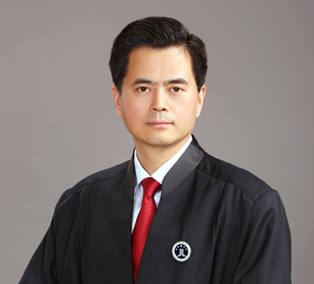Procter & Gamble fails in Olay v Solav opposition
US-based consumer goods corporation Procter & Gamble (P&G), parent company of skincare brand Olay, has failed to successfully oppose a trademark application covering acne cream.
The UK Intellectual Property Office (IPO) handed down its decision on Tuesday, October 23.
In September 2017, Nelovy Healthcare applied to register a figurative mark for the word ‘Solav’ in class 3 for moisturisers.
However, P&G opposed the application based on one earlier UK mark and two earlier EU marks for the sign ‘Olay’. The goods for the earlier marks fall under class 3 covering personal healthcare such as soaps and cosmetics.
In addition, P&G relied on earlier unregistered rights from the use of two ‘Olay’ signs.
According to P&G, it has established “substantial reputation” in connection with its earlier marks.
The company claimed that the applied-for mark would take unfair advantage of the ‘Olay’ marks. For example, P&G alleged that Nelovy is trading on the back of the company’s reputation to generate sales.
In addition, P&G said that the company’s reputation could be harmed or tarnished due to a connection being made between consumers and the goods, and that the applied-for mark could cause dilution.
The applied-for mark consists of the word ‘Solav’ in pink font and a woman’s face depicted in the upper half of the ‘S’.
“Whilst the applicant advises that the brand name is Solav, this is not immediately apparent as the initial ‘S’ has been significantly elongated in form to the extent that it more clearly serves to represent the hair or outline of the face device above it, a fact admitted by the applicant,” argued P&G.
As a result, P&G claimed that the applied-for mark would be read as ‘olav’.
Although Teresa Perks, on behalf of the IPO, did say that the goods covered by the marks in question were identical, she claimed that P&G had tried to “artificially dissect the [applied-for] mark”.
Contrary to what P&G claimed, Perks said that the applied-for mark is still eligible for registration despite the elongated ‘S’ and “green face device”.
According to Perks, the first letter ‘S’ only increases attention paid to the word ‘Solav’ and contributes to the distinctiveness of the mark.
In her decision, Perks also ruled that the marks at issue are visually similar to a “very low degree” and that they are aurally different.
P&G said that the similarities between the disputed marks and the goods they cover would result in confusion. In particular, the company claimed that consumers may think the applied-for mark covers goods that are related to Olay.
Nelovy disputed these claims and said that the marks are not visually or aurally similar and that the average consumer would not think they are an extension of Olay-branded products.
Perks ruled that the differences between the marks are “too great to go unnoticed by the average consumer” and there is no direct confusion.
However, she did agree that the earlier ‘Olay’ marks enjoyed a reputation.
While Perks concluded that Nelovy had been successful in its application, she said that the company was unrepresented and it did not complete a costs pro-forma. As such, both parties were ordered to pay their own costs.
-
Previous:
-
Next:






